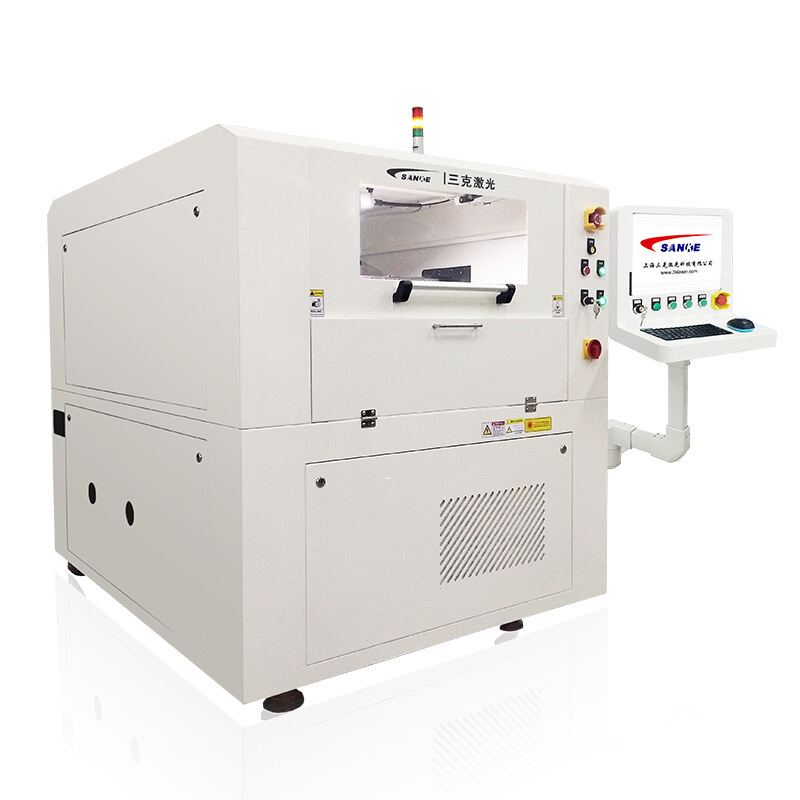Maximizing the Lifespan of Industrial Laser Cutting Systems
The successful operation of a laser cutting machine represents a significant investment in modern manufacturing technology. These sophisticated systems serve as the backbone of numerous industries, from aerospace to automotive manufacturing. However, maintaining peak performance and extending equipment life requires a comprehensive understanding of proper maintenance, operation, and optimization techniques.
Modern laser cutting machine systems are complex pieces of equipment that demand careful attention to detail and consistent maintenance protocols. When properly maintained, these machines can provide years of reliable service, precise cutting results, and optimal return on investment. This comprehensive guide explores essential strategies to maximize both performance and longevity of your laser cutting equipment.
Essential Maintenance Protocols
Daily Inspection and Cleaning Procedures
The foundation of laser cutting machine longevity begins with daily maintenance routines. Operators should conduct thorough visual inspections before each shift, checking for any signs of wear, damage, or misalignment. This includes examining the cutting head, nozzle condition, and lens for any debris or damage.
Cleaning protocols should focus on removing dust, debris, and material residue from critical components. The cutting bed, beam path, and assist gas systems require particular attention. Implementing a systematic cleaning schedule helps prevent contamination that could compromise cutting quality or damage sensitive components.
Critical Component Monitoring
Regular monitoring of vital components ensures optimal performance and prevents unexpected downtime. Key areas requiring consistent attention include the laser resonator, beam delivery system, and cooling system. Operators should maintain detailed logs of operating parameters, noting any deviations from baseline measurements.
Advanced monitoring systems can provide real-time data on machine performance, allowing for predictive maintenance approaches. This proactive stance helps identify potential issues before they develop into serious problems that could affect production or damage the laser cutting machine.
Optimizing Operating Parameters
Power and Speed Calibration
Proper calibration of power settings and cutting speeds is crucial for both quality output and machine longevity. Different materials require specific parameter combinations to achieve optimal results. Regular calibration checks ensure the laser cutting machine maintains precise performance levels across various applications.
Creating and maintaining a comprehensive database of optimal parameters for different materials and thicknesses helps standardize operations and reduce the risk of operator error. This systematic approach to parameter management extends component life while ensuring consistent cutting quality.
Environmental Control Measures
The operating environment significantly impacts laser cutting machine performance and lifespan. Maintaining stable temperature and humidity levels protects sensitive optical components and ensures consistent cutting results. Installing appropriate climate control systems and monitoring environmental conditions should be considered essential, not optional.
Dust and fume extraction systems play a crucial role in maintaining air quality and protecting both equipment and operators. Regular maintenance of filtration systems prevents contamination and ensures optimal operating conditions for the laser cutting machine.
Advanced Maintenance Strategies
Predictive Maintenance Implementation
Modern laser cutting machine systems benefit from predictive maintenance approaches that utilize data analytics and sensor technology. By monitoring key performance indicators and component wear patterns, operators can schedule maintenance activities before failures occur.
Advanced diagnostic tools and software can track beam quality, power stability, and alignment accuracy over time. This data-driven approach helps optimize maintenance schedules and reduce unnecessary downtime while extending equipment life.
Professional Service Integration
Establishing a relationship with qualified service providers ensures access to expert support and genuine replacement parts. Regular professional inspections complement in-house maintenance efforts and provide valuable insights into system performance and potential improvements.
Training programs for operators and maintenance staff should be ongoing, incorporating both manufacturer recommendations and industry best practices. Well-trained personnel are essential for maintaining laser cutting machine performance and preventing operational errors that could damage equipment.
Long-term Performance Optimization
Upgrade and Modernization Planning
Planning for future upgrades and modernization helps maintain competitive capabilities while extending equipment life. This might include software updates, control system improvements, or beam delivery system enhancements. Strategic planning for upgrades ensures the laser cutting machine remains technologically relevant and productive.
Evaluating return on investment for potential upgrades helps justify maintenance budgets and capital expenditures. Modern features often provide efficiency improvements that can offset their cost through reduced operating expenses or increased productivity.
Documentation and Analysis Systems
Maintaining detailed records of maintenance activities, performance data, and operational parameters provides valuable insights for optimization. This historical data helps identify trends, predict component life cycles, and justify maintenance decisions.
Regular analysis of operational data helps refine maintenance schedules and identify opportunities for improvement. This systematic approach to data management supports continuous improvement efforts and helps maximize the return on investment in laser cutting equipment.
Frequently Asked Questions
How often should optical components be cleaned in a laser cutting machine?
Optical components should be inspected daily and cleaned according to the manufacturer's recommendations, typically at least weekly for heavy use applications. However, the actual cleaning frequency may need to be adjusted based on the operating environment and materials being processed.
What are the signs that indicate a laser cutting machine requires immediate maintenance?
Key indicators include decreased cutting quality, inconsistent power output, unusual noises or vibrations, and variations in beam alignment. Any sudden changes in normal operating parameters should be investigated promptly to prevent potential damage.
How can operators maximize the life of consumable parts in a laser cutting machine?
Operators can extend consumable life by maintaining proper alignment, using appropriate parameters for different materials, ensuring clean assist gas supply, and following recommended maintenance schedules. Regular inspection and timely replacement of worn components also helps prevent damage to other system parts.
 EN
EN
 AR
AR
 FR
FR
 DE
DE
 JA
JA
 KO
KO
 RU
RU
 ES
ES


